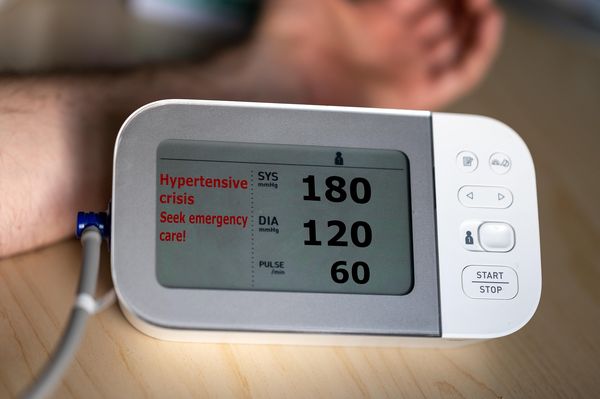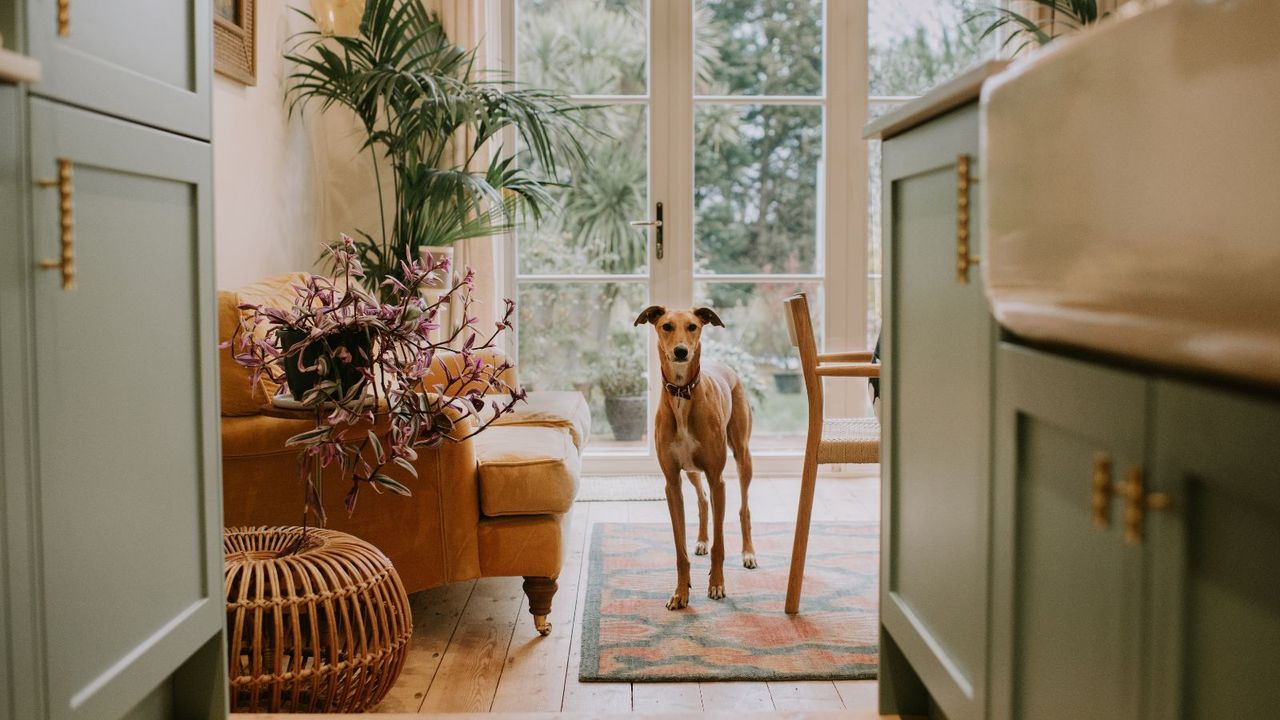
Pet doors are a convenient way to give your furry family members a little more independence, but they also secretly invite in cold drafts, driving up energy bills all winter long.
From poor insulation, worn seals, and ill-fitting flaps, they are one of the biggest sources of heat loss in a home, our experts say.
Luckily, with the right draft-proofing tweaks, you can keep your home cozy and reduce energy costs without reducing your pet's free-roam space. Here's how.
How to Draft-Proof Pet Doors
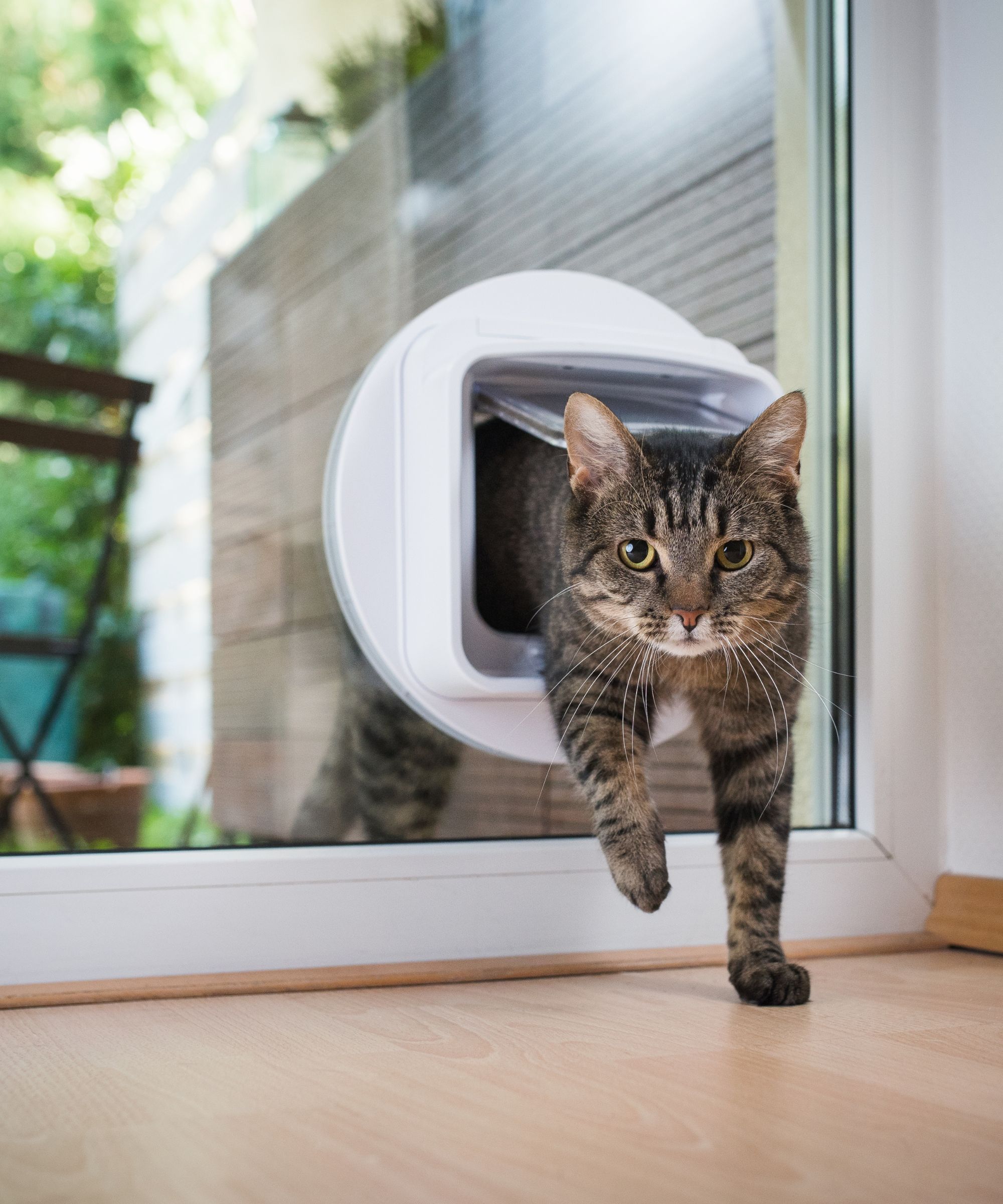
1. Upgrade to a Multi-Flap Door
One of the best ways to make your home pet-friendly while cutting energy bills is to upgrade to a well-fitted, multi-flap pet door.
Geremey Engle, owner and inspector at Ellingwood Pro, LLC begins, 'First, it's useful to determine what type of pet door you currently have. Older, single-flap pet doors are made from plastic or vinyl, and they do not seal well. If you have one of these, consider upgrading to a double or triple flap pet door, which uses layered insulated flaps with magnetic or compression seals that close automatically after each use.'
The PetSafe Extreme Weather Pet Door, from Amazon, is available in three sizes (including an extra large suitable for dogs up to 220lbs), and has a triple flap thermal barrier designed to save up to three times more energy than a single flap pet door.
2. Opt for a Magnetic Seal
Forming a tight seal against cold air is the number one way to draft-proof an entryway. For pet doors, experts recommend using magnetic strips to ensure that flaps close completely after use, limiting cold air transfer.
Jon Gilbertsen, president and CEO at Chris Heating & Cooling, advises, 'Buying a magnetic-seal flap is the best solution because the door is designed to flap tightly shut every time your pet passes through. Standard flaps without magnets often leave a tiny open gap.'
If you do not want to change your whole pet door, you can buy magnetic tape from Walmart to apply to your existing frame and flap.
3. Seal the Frame
Knowing where to insulate your home to keep it warm all winter can drastically reduce your energy costs. Don't just leave your pet door at addressing the flap; the frame could be a common culprit for drafts, too.
Jon continues, 'But even a new magnetic flap-style pet door or blanket on the inside may not reduce drafts, especially if the air leaks through the frame, not the flap itself. If you don’t seal the edges properly, air will still be leaking through tiny gaps around the frame. Fill them with silicone caulk and add thin weatherstripping.'
The Gorilla Waterproof Caulk and Seal from Walmart is designed for both indoor and outdoor use, and is mold and mildew-resistant to keep the area your pet passes through hygienic.
4. Hang a Curtain
There are several curtain hacks for a warmer home, and they don't end at your windows. Jon suggests using a curtain to add an extra insulating layer to your pet doors without impacting their functionality.
He recommends, 'If your pet door is drafty but you don't want to replace it, you can just add a thermal curtain or just a piece of thick insulated fabric on the inside over the pet door. It's best to make it wide and tall enough to fully cover both the flap and the frame, and use hook and loop or magnetic strips to attach it to the wall or door around the pet door frame.'
These 100% blackout curtains from Wayfair are thermal insulated to help block drafts, and are available in 12 colors to suit every home, making it a stylish option as well as a functional one.
Be aware that covering the pet door may require retraining your pet to under the fabric to find their way out, so consider how easy this would be for them to adapt to before installing.
5. Create a Micro Entry
While multi-flap pet doors can reduce some air transfer to keep a home warm all day, the best option is to create an additional 'micro entry' around the pet door. This gives your pet two doors to walk through, blocking drafts more efficiently, says Wes True, general manager and operations at Pella Windows & Doors of Omaha and Lincoln.
He shares, 'If you can’t replace the door, work on putting in a micro entry. We have helped homeowners install a small, insulated panel or box built around the interior of the pet door (sort of like a vestibule) that is lined with rigid foam board and has seamed edges. It’s straightforward, but it’s effective at blocking obvious drafts and doesn’t block your pets from coming and going.'
This could be a good weekend DIY project if you are very handy, but for some, this will be a task to call the pros for to ensure it is correctly fitted, effective, and doesn't damage your door.
What to Shop
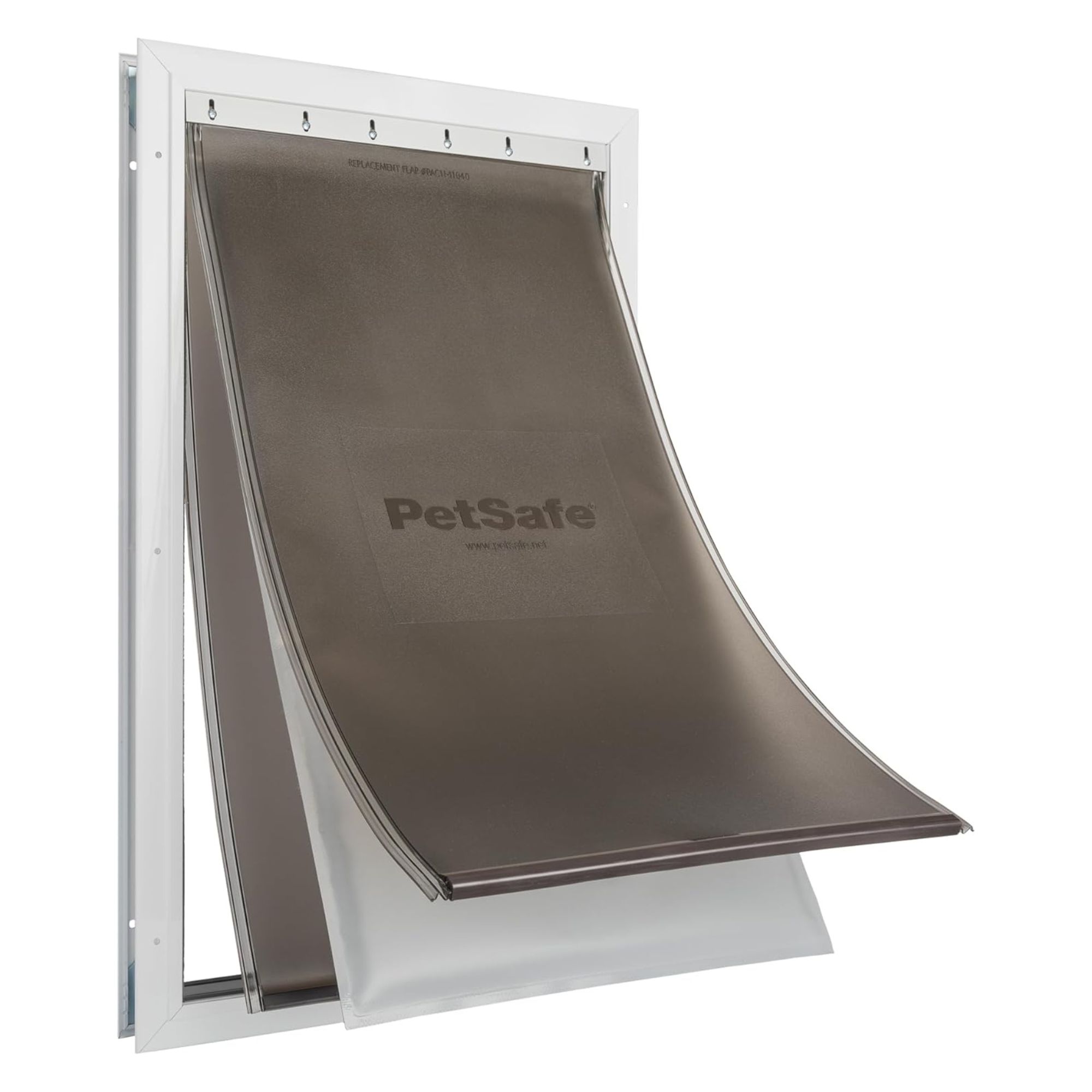
The heavy-duty exterior frame with reinforced corners ensures long-lasting, multi-pet access for cats and dogs; the extra-large size is for big dogs up to 220 lb.
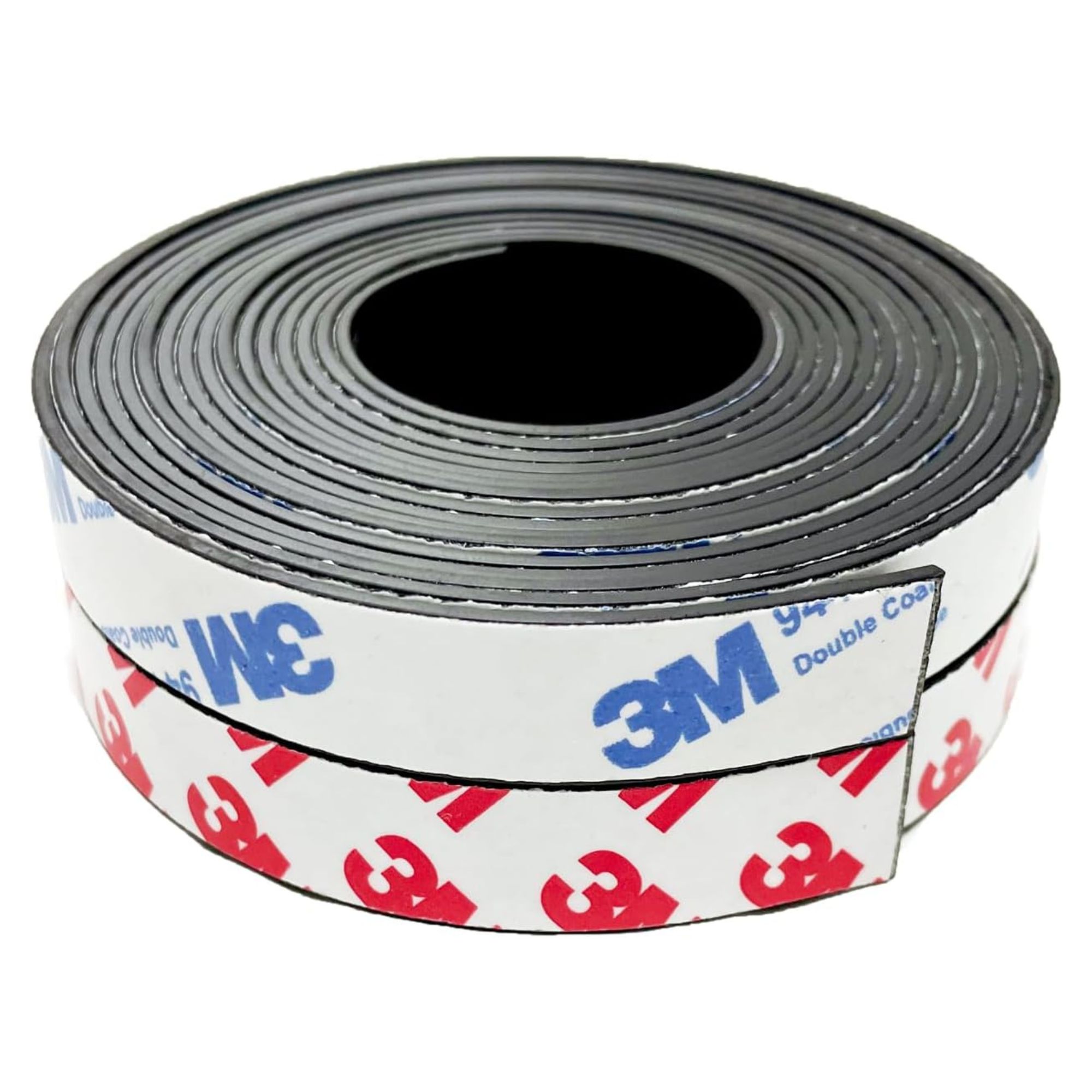
Make any pet door magnetic by applying the corresponding strips to the flap and the frame.
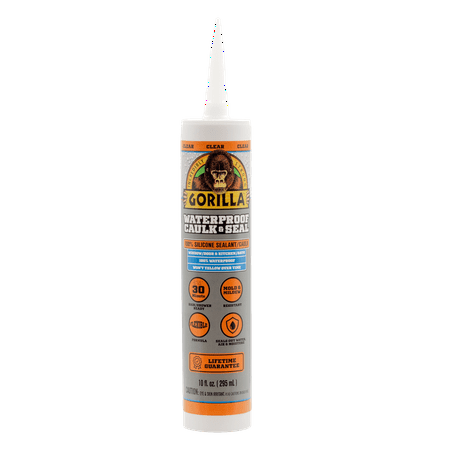
This clear caulk seals out air, water, and moisture with 100% silicone. It is ready for water exposure in as little as 30 minutes.
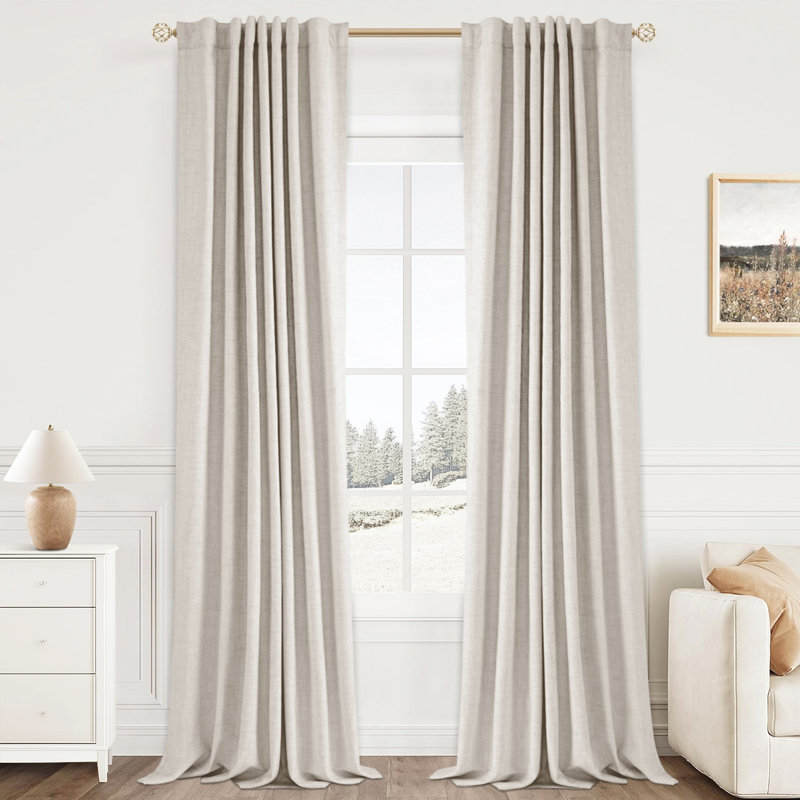
These beautifully designed blackout curtains for the bedroom and living room offer 100% blackout, superior insulation, and noise reduction.
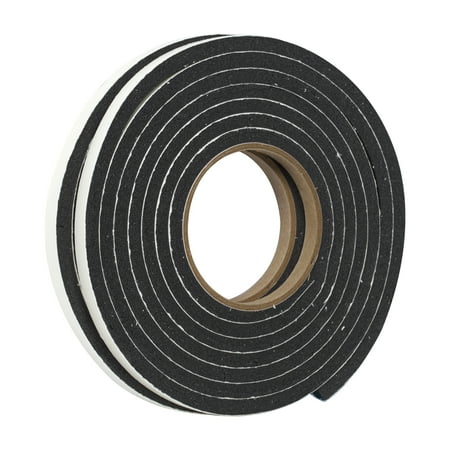
Weather stripping can help to create a tighter seal around windows, pet frames and doors reducing air leaks.
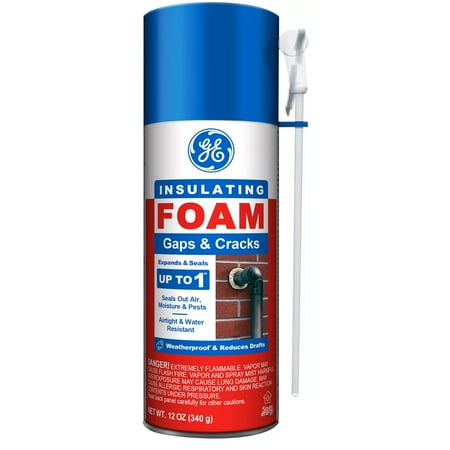
Insulating foam expands on application to fill gaps up to one inch in size, preventing air transfer for a warmer home.
Meet the Experts
Pet doors can also be a security risk, especially in the winter months when the nights get darker earlier and we fill our homes with gifts. Sure up your property with the best security measures for your house to stay safe this season.





